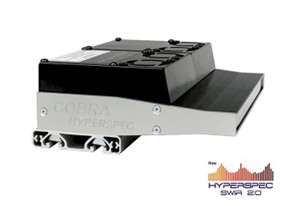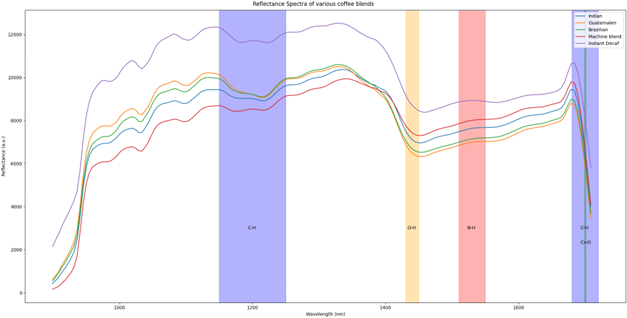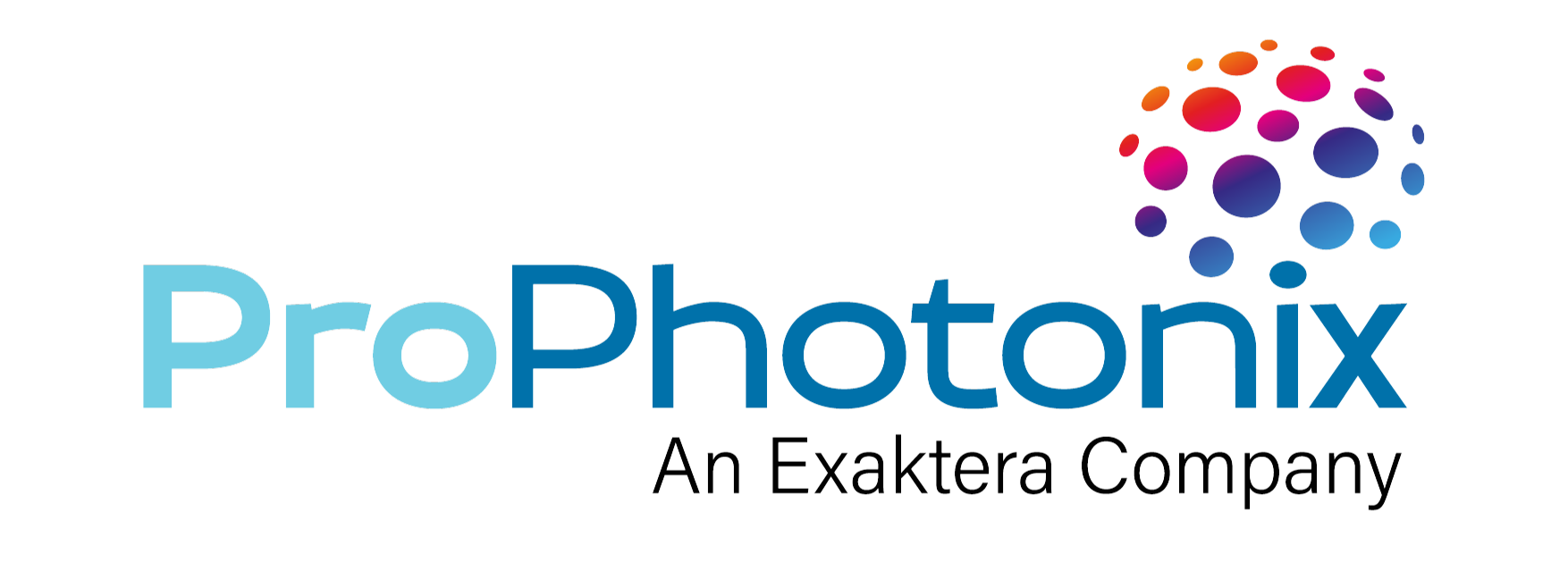Industry: Food
Solution: COBRA HyperSpec
Challenge
Coffee is one of the world’s most widely consumed beverages and one of the most economically significant commodities, with millions of livelihoods tied to its cultivation, trade, and export. Its popularity and high commercial value have also made it particularly vulnerable to fraud. Single-origin and specialty coffees, especially Arabica beans, command premium prices on the global market. That premium creates strong incentives for adulteration where authentic beans are blended with lower-value materials such as Robusta, chicory, or even instant coffee.
The challenge is that adulteration is rarely obvious. Visually, the differences between pure and blended ground coffee are difficult to detect, and even experienced tasters may not consistently distinguish between them. What makes the problem more complex is coffee’s chemistry. The beverage’s flavor and quality are determined by hundreds of volatile and non-volatile compounds, many of which vary with variety, origin, and processing method. Subtle shifts in these chemical profiles can mask adulteration, making reliable detection extremely difficult.
Traditional methods have relied on halogen illumination combined with chemometric analysis to characterize coffee samples. While halogen light sources can provide broad spectral coverage, they are prone to drift over time. This instability leads to inconsistent datasets, undermining confidence in results and limiting their effectiveness in applications where long-term precision is essential. Given the scale of the industry and the value at risk, there is a clear need for reliable, non-destructive, and consistent methods of authentication that can move beyond the limitations of conventional approaches.
The Solution: COBRA HyperSpec

ProPhotonix COBRA HyperSpec
To address these challenges, a hyperspectral SWIR imaging system illuminated by the COBRA HyperSpec was deployed. This setup was selected specifically for its stability and repeatability, which are essential for chemometric analysis.

Figure 1: Spectral plot showing separation between authentic and adulterated coffee samples
Coffee beans from multiple origins including Guatemala, Brazil, and India were tested in both roasted and unroasted forms. Each sample set was adulterated with instant decaf coffee at varying concentrations. Spectral data was collected across absorption bands corresponding to functional groups such as C–H, O–H, N–H, and C=O, which are strongly linked to coffee’s chemical profile.
Chemometric models were then developed to predict the concentration of adulteration and classify authentic versus counterfeit beans.
Outcome
Analysis demonstrated that adulteration could be detected with high accuracy and reliability.
- High accuracy: Regression analysis showed ~95% correlation between predicted and actual adulteration levels.
- Precision: Predictions were within ±7% of the true adulterant concentration.
- Robust detection: Both roasted and unroasted beans were reliably classified.
- Repeatability: Results were consistent across multiple test runs.
- Non-destructive: Valuable samples were preserved, making the technique suitable for real-world quality control.
Why COBRA HyperSpec
The choice of COBRA HyperSpec was critical to the success of this study. Unlike halogen-based systems, which are prone to spectral drift and reduced performance over time, COBRA HyperSpec offers:
- Spectral stability: Consistent illumination ensures reliable chemometric analysis.
- High brightness and uniformity: Delivers clear, reproducible data capture across the sample surface.
- Modularity and customization: Available in lengths up to 6m, with up to 12 configurable wavelengths from 365–1950nm.
- Integration features: Ethernet control, strobe lines, and input power monitoring support easy integration into imaging systems.
- Proven longevity: Long operational lifetime reduces downtime and ensures consistent results over time.
By combining hyperspectral SWIR imaging with the stable illumination of COBRA HyperSpec, adulteration in coffee can be detected rapidly, accurately, and non-destructively. This provides a practical solution for maintaining quality and authenticity in one of the world’s most valuable commodities.
Explore our hyperspectral imaging and multispectral imaging solutions. Contact us and receive free applications advice now.

